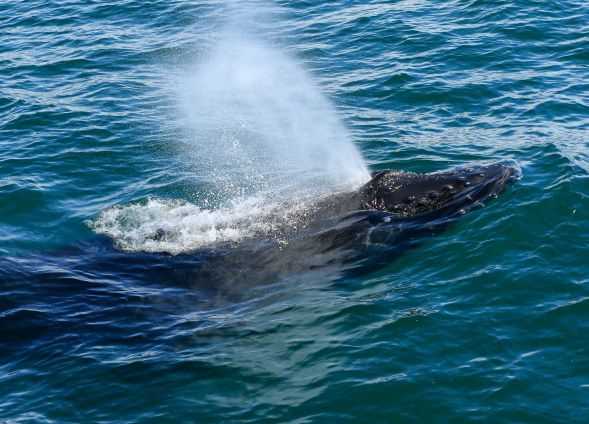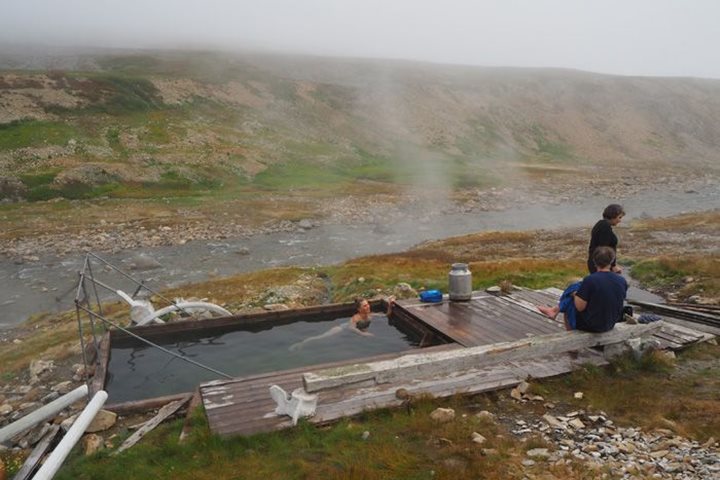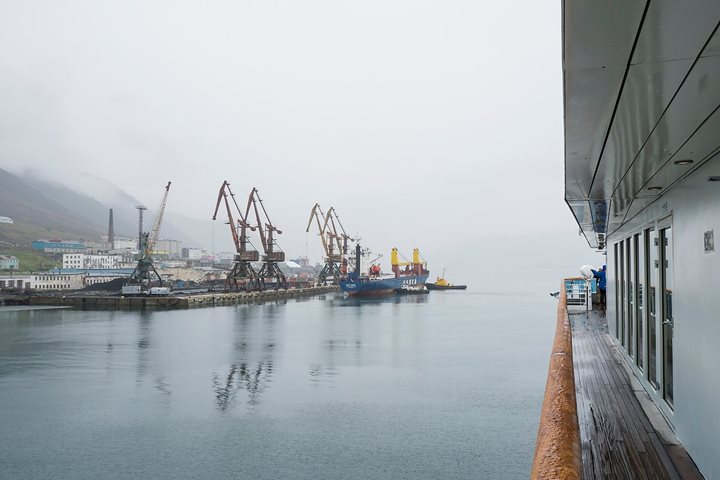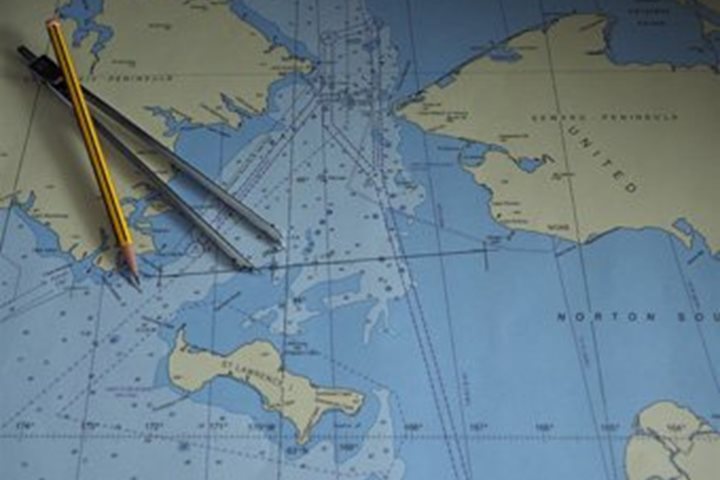This morning National Geographic Orion woke along Alaska’s Shumagin Islands: So remote and pristine it’s hard to imagine all the people who have passed through this area. These islands have been inhabited for the last 8,000 years by the Unangan, known more modernly as the Aleut. The islands were named after Nikita Shumagin, one of the Russian sailors on a 1741 expedition led by Danish cartographer Vitus Bering, who was (Shumagin) the first of many to die of scurvy and buried on nearby Nagai Island.
On Nagai, naturalist Georg Steller tried to convince the crew the water that they found and collected was brackish, the saltiness of which would dehydrate the crew and further worsen the condition of those with scurvy. Regardless, they proceeded to fill their barrels (even after Steller located a source of fresh water nearby) and continued on their journey. The eight-day duration spent here was the very first of Europeans having encountered the Aleut people, which Steller posited were of Asian origin.
Passing by Sand Point on Popof Island, we saw multiple purse seiners fishing for salmon. The rich resources of the area have drawn humans for thousands of years. After the Aleuts came Russians seeking sea otter fur, Scandinavians for cod, silver and blue fox farmers, followed by the discoveries of gold and coal.
Further down the Peninsula we entered the ring of fire that has created this exceptionally stunning part of Alaska. We could see steam coming from the stratovolcano Pavlof, one of the most active volcanoes in North America that has erupted no less than 24 times in the last century. Blessed by an incredibly beautiful day we also had great looks at Mounts Dutton, Frosty, Roundtop, “Ragged Jack” Isanotski, and the tallest of them, the 9,342-foot-high Shishaldin.
If the beauty surrounding wasn’t enough we had incredible bird sightings throughout the day and a baby humpback breach three times followed by the mother and calf pair right off the bow of the ship. During our evening recap Captain Heidi kept us close to the coast to observe the wreck of SS Oduna, a casualty of heavy seas in November of 1965. Chief mate at the helm the radar became inoperative and strong currents swept her onto the rocks. Fortunately, the crew survived and they were able to salvage 200,000 pounds of frozen crab meat from her hold. What a day!






